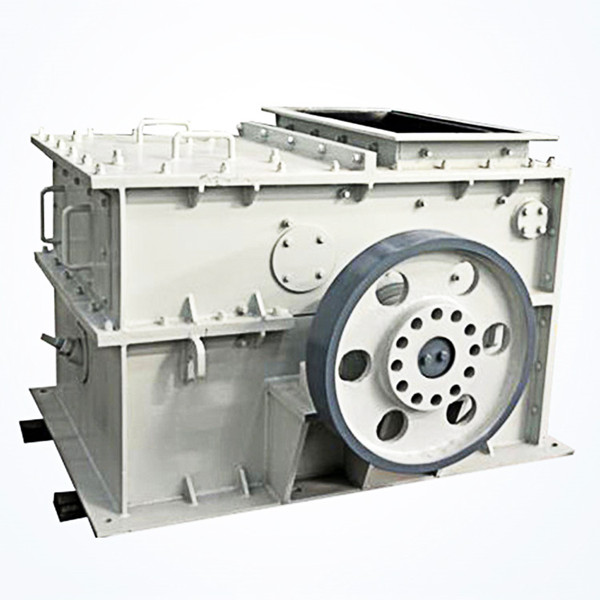Three common troubleshooting methods for crushers
Due to the harsh working environment of the crusher and the high pressure bearing capacity, it is necessary for the user to master the troubleshooting methods of the common faults of the crusher. Here, we will introduce the three major faulty machine troubleshooting methods common to the crusher.
Three major failures of the crusher
1, bearing troubleshooting
2, shaft failure troubleshooting
3, fixed, rotor core troubleshooting
一、The rotating shaft is rotated by the bearing support, so it is both a heavy load part and a wearable part.
(1) Fault check
1. Check during operation: If the rolling bearing is short of oil, you will hear the sound of “bone bones”; if you hear the sound of a discontinuous “stalk”, the bearing steel ring may be broken. When the bearing is mixed with sand and other debris or the bearing parts are slightly worn, slight noise is generated.
2. Inspection after dismantling: Check the rolling bearing bearing body, inner and outer steel ring for damage, rust, scar, etc., then pinch the inner ring of the bearing and flatten the bearing, and push the outer ring with the other hand. If the bearing is good, the outer steel ring should rotate smoothly, there is no obvious vibration and stuck phenomenon during the rotation, and the outer steel ring does not reverse after stopping. Otherwise the bearing can no longer be used. The left hand is stuck in the outer ring, and the right hand pinches the inner steel ring and pushes it in one direction. If it feels loose when pushed, it is severely worn.
(2) Trouble-fixing: The rust spots on the outer surface of the bearing can be erased with sandpaper and then cleaned in gasoline; or if the bearing has cracks, the inner and outer rings are broken or the bearing is excessively worn, the new bearing should be replaced. When replacing a new bearing, use the same bearing as the original model.
二、shaft failure troubleshooting
(1) Shaft diameter wear: When the shaft diameter is not worn, a layer of chrome can be plated on the shaft diameter and then ground to the required size; when there is more wear, it can be surfacing on the shaft diameter and then cut on the lathe; If the shaft diameter is excessively worn, the 2-3 nn is also turned on the shaft diameter, and then a sleeve is placed, the heat is placed on the shaft diameter, and then turned to the required size.
(2) Turning and bending: If the crusher does not bend much, it can be repaired by grinding the shaft diameter and slip ring; if the bending is more than 0.2mm, the shaft can be placed under the press and the pressure is corrected at the bending point. The corrected shaft surface is polished with a lathe; if the bending is too large, a new shaft is required.
三、fixed, rotor core troubleshooting
(1) The crusher bearing is excessively worn or mismatched, causing the stator and rotor to rub, causing damage to the surface of the iron core, causing short circuit between the silicon steel sheets and increasing the iron loss of the motor, which is excessive temperature rise of the motor. At this time, the tool is used to remove the burr, the silicon steel sheet is short-circuited, the insulating paint is applied after cleaning, and the heating is dried.
(2) When the old winding is removed, the force is too large, so that the tooth gap is skewed and flared outward. At this time, the tools such as needle-nosed pliers and wooden hoes are used for dressing to reset the gullets, and a hard insulating material such as green paper or rubber wood is added between the cracked silicon steel sheets which are not well-reset.
(3) The surface of the core is corroded due to moisture and other reasons. At this point, it needs to be sanded and cleaned, and then coated with insulating varnish.
(4) High-heat burning of the core groove or tooth around the group grounding. The deposit can be removed by a tool such as a chisel or a scraper and dried with an insulating varnish.
(5) The combination between the iron core and the base is loose, and the original set screw can be tightened. If the positioning screw fails, re-drill the positioning hole on the base and tap the wire to tighten the set screw.
If u have any concern about equipment, please donot hesitate to contact us. Here is our wedsite site: https://www.hnjinte.com
